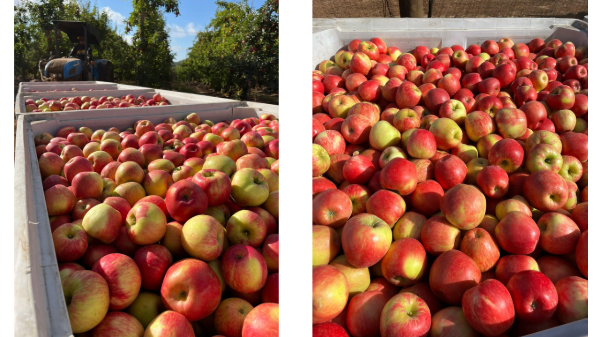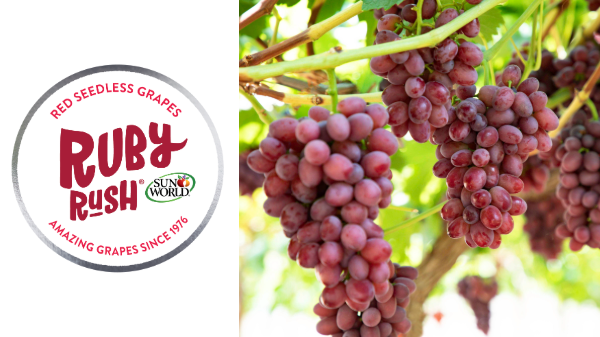Welcome to Blue Book!
Are you ready to join the thousands of companies who rely on Blue Book to drive smarter decisions? View our plans and get started today!
Still have questions? We’d love to show you what Blue Book can do for you. Drop us a line– we’ve been waiting for you.

For Vallis, the future is not so straight- forward and depends on labor, water, and production costs. With prices continuing to rise, he categorizes table grapes as a luxury crop. “There will be a table grape industry in California, although many factors go into supply and demand, and there’s a lot outside of a farmer’s control,” he says.
Zaninovich believes the industry is at a tipping point. “We will probably reach 130 million in total production if the industry continues to prosper,” he notes. But if economic forces including water costs, labor shortages, and low pricing continue, he believes production could shrink to under 100 million in the same five-year period.
On the flipside, there is still reason to celebrate: “In the last 10 years, the table grape industry has gone through nothing short of a revolution,” Zaninovich insists. Most of the old varieties have been replaced with breeds that “not only increase yields, but deliver stronger grapes with less bruising, shattering, and spoilage”—all of which he sees as spurring growth.
Despite the uncertainties, optimism runs high. “As demand for a fresh nutritional product grows, so will our industry,” asserts Galvan. With so many new varieties to fill in production gaps and tantalize taste buds, along with record production and strong international markets—he believes the industry shows no signs of slowing down.
Images: Myronovych/Shutterstock.com








